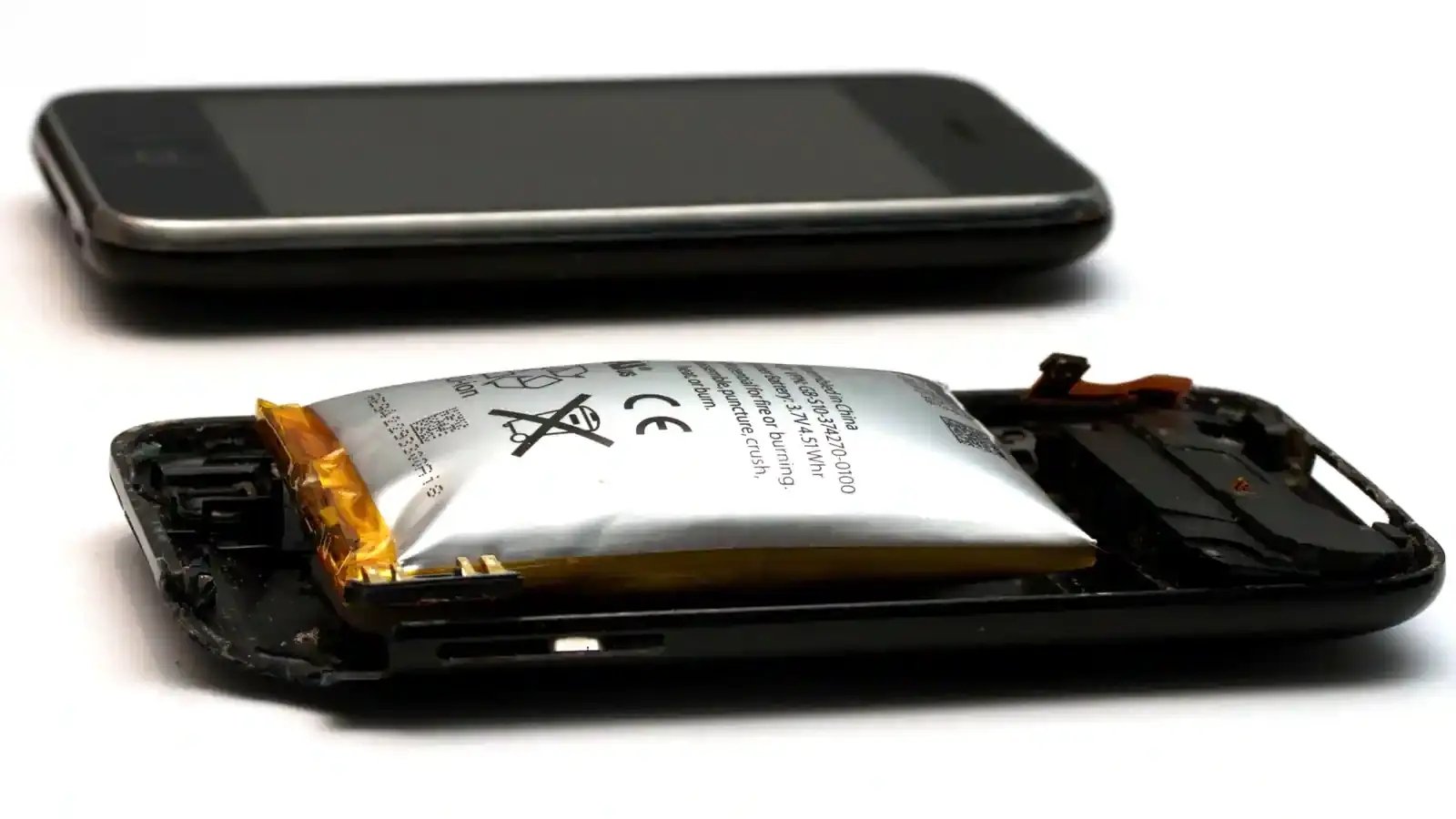My grandma just gave me her old MacBook Pro (MacBookPro11,1 A1502) and, after removing a spicy pillow, air dusting everything, and copying off her old photos, I’m ready to do a clean install.
I would like to dual-boot either Linux or BSD (which will be my main partition) alongside macOS (which will be handy for testing and for use with certain peripherals; either Mavericks, High Sierra, or Big Sur).
I am already well-versed in unix-like operating systems, so I’ll only start having trouble if I try to use a source-based distro (e.g. Gentoo, Source Mage, LFS, etc.)
Can I have some recommendations for the Linux and the macOS version, please?
Your preferred distro probably runs great on the 2014 MBP.
“Newest compatible operating system: macOS Big Sur” according to: https://support.apple.com/en-us/HT201300
I run Linux Mint Debian Edition on my 2014 Mac Mini and it’s works really well. Should be the same on the MacBook. Or regular Mint.
I’ve run Mint on my 2015 MacBook Pro and it worked very well.
Either way I recommend a slow release distro because if you use a rolling distro the WiFi will stop working with every kernel update … It takes a few days before they update the Broadcom reverse driver to work with the newer kernel.
That’s why I’m on Linux Mint Debian Edition - I don’t need the latest kernel nor my WiFi breaking every other week. Linux Mint Debian Edition is stable and just works.
Spicy pillow?

A bad battery
Baddery
I would like to dual-boot either Linux or BSD
Since you menrioned BSD, might be worth checking out helloSystem. Would feel right at home on a MBP I reckon.
Similarly, a Linux alternative could be elementary OS - despite its relatively low popularity, it’s actually a pretty solid and polished distro.
OpenSuse Tumbleweed if you want rolling
Debian if you want stable
MacOS is a BSD, so go with Linux if you want variety.
Elementary OS! It would be perfect on a Mac!
I put LMDE on my 2010, and it runs smooth as butter. Fedora Silverblue, as some one else stated, will give you the ability to run Linux as your main and have Macos in a drawer without the need to dual boot. If I needed Macos on mine, I would have gone this route, too.
Edit: personally, I prefer official images, so I would have installed the official Silverblue and not the community edition from uBlue, but whatever floats your boat.
I found Manjaro to work perfectly on my MacBook pro 2013 and recognized immediately the graphics card. Flawless experience so far.
Manjaro is actually the worst distro
endeavor is the same idea with much better execution
You’re speaking from experience or just copying the Majarno trend? My experience has been great.
@Communist @WeAreAllOne
cannot speak for the second part, but I totally agree with the first
I liked Debian, but really you can’t go wrong with most Linux distros, just find one that suits your needs. Mint was another one that worked well on my MacBook
Fedora Silverblue from ublue.it to get a macOS like workflow but better. Why dualboot if you can create a macos install medium and store that in a drawer?
I loaded NixOS on a 2014 macbook air, copying over my config from my framework laptop (just switching the hardware config), and it just works. I think pretty much any modern linux distro will work fine.
We tested our TROMjaro on several macbooks from 2013-2014 so we’ve installed some drivers for the wifi card and such. www.tromjaro.com
TROMjaro is very easy to use and we even have a Layout Switcher to make it look like MAcOS if you so like it. See the homepage where we explain it in detail.
i use debian stable on intel macs and it works fine. whatever youre comfortable with will work fine except that some distros like rhel don’t handle broadcom-wl right still.
i use 10.14 mojave (32 bit support), 10.15 catalina and whatever 11,12,13 versions are best supported by opencore legacy patcher on the particular device.
your 11.1 mbp is not officially supported in 12 monterey but because it has the intel gpu the opencore legacy patcher should work very well.
when you partition, use apfs for your mac side of the disk. it lets all your macos versions use their own volumes inside the apfs partition and the result is that they all can use the free space but can’t see each others files.
whats got you wanting to use mavericks or high sierra? those are pretty old and i don’t remember either one having specific features that got removed later or something.
I’ve already gone and installed macOS 11 alongside OpenBSD (although I’m going to distrohop until I can find something that “sticks”). I might have a look at patching Monterey, though.
As for those specific versions, High Sierra was the oldest version with decent software support, and Mavericks has those lovely skeuomorphic icons. I know it’s old, but I was using OSX Snow Leopard (alongside crunchbang++ i386) until I got this MacBook Pro.
Those are cool icons.
How is openbsd on that hardware? It’s been a little while since I used it with a desktop…
It’s okay. I’ll probably end up switching to Arch, though.
It works, but there are a couple of issues:
- HiDPI is not supported by cwm, so I’ve had to do “duct tape” fixes on everything (changing .Xresources, changing GTK conf files, increasing the font size in polybar). Qt apps aren’t playing ball.
- The WiFi card isn’t supported by any BSD, so I’m using a dongle.
- The fan doesn’t come on as often as it does on macOS, so the MacBook can get rather hot.
- The headphone jack supports optical jacks as well as standard 3.5mm ones. Under OpenBSD, however, the LED inside is constantly on. This isn’t a problem, but it’s not normal.
- Polybar can’t seem to access any system information (e.g. disk usage), but I suspect that has nothing to do with the hardware.
That’s not bad at all.
My 2015 worked close to out of the box with debian and a bunch of older mbps do too. if you aren’t looking for an adventure I can highly recommend it.
Since you already have your feet underneath you, a lot of secondhand computers with ssds can benefit from a “level 2” scan from the program spinrite. That process reads and rewrites every block on the ssd. I bet you could do the same thing with dd somehow but i just use spinrite instead.its my understanding that all the Intel Macs are able to boot it although i haven’t personally done it on an 11.1.
What’s your reasoning for the MacOS choices? I generally prefer Catalina for that era machine.
Catalina could be the one, in that case. Essentially:
- Mavericks is the only supported version with skeuomorphic icons
- High Sierra is the earliest version still supported by enough developers for my needs
- Big Sur is the latest version supported on the MacBook
Gotcha. I have a 2015 Air that I tried Big Sur on and I didn’t care for it at all, went back to Catalina and it runs great. Monterey could run on this machine, and I prefer it to Big Sur, but it just doesn’t add anything I want and comes with a performance hit.











